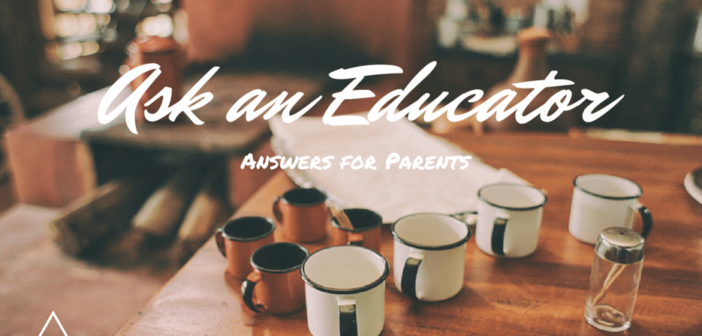For our new column, Ask an Educator, we turn to educators, whether teachers, tutors, or principals, to answer frequently asked questions from parents. To send in your question, email jessicasuotmaa@beijing-kids.com.
This week, our question is:
“What is experiential learning, and how is it taught in schools?”
Answering for us is Kyle Wagner, Futures Academy Coordinator at International School of Beijing.
What is Experiential Learning?
Experiential learning is basically learning through experience. Our strategy for teaching experiential learning is to take students outside of the classroom to experience learning in the real world. Learning occurs in the context of experiences, rather than via a textbook or lecture.
An example is the collaboration between Futures Academy and NiuLanshan students: “Project: We are One”, where each student is partnered with one from the other school to analyze the causes of water pollution and explore possible solutions with the goal of making a positive impact on the local waterway. In this particular experience, students, rather than learn about water sampling in a school lab, had the chance to actually “experience” how professional scientists study water quality in the real world. They collected water samples in small jars, labeled the containers according to where they were found, took detailed pictures of the surroundings, and finally documented observations in their science journals. Later, students will also experience what biologists in the real world do to help improve water quality by visiting a local wetland to learn about water filtration.

What is the benefit of experiential learning?
By immersing students in real world learning, in addition to academic content students gain key 21st Century skills, such as critical thinking, problem solving, communication and collaboration. An example would be how current students are immersed
How is experiential learning taught in schools?
Experiential Learning is the cornerstone of learning at International School of Beijing’s Futures Academy, an innovative learning community that helps prepare students for a changing global society. Currently, ISB’s Futures Academy Program hosts 70 students and has seven facilitators spread across two grade levels.
At ISB’s Future’s Academy, the classroom teachers are called “facilitators” who have their own subject- specific expertise, but rather than teach via lecture, they help guide and facilitate the students’ independent learning. In their relaxed, open space classrooms, students are in complete control of their learning with facilitators who help point them in the right direction, and get them to ask the right questions. At this point in the year, students have already created their own small businesses, posted and published short stories on the web, and learned to grow and produce their own food.
Photo: courtesy of ISB




